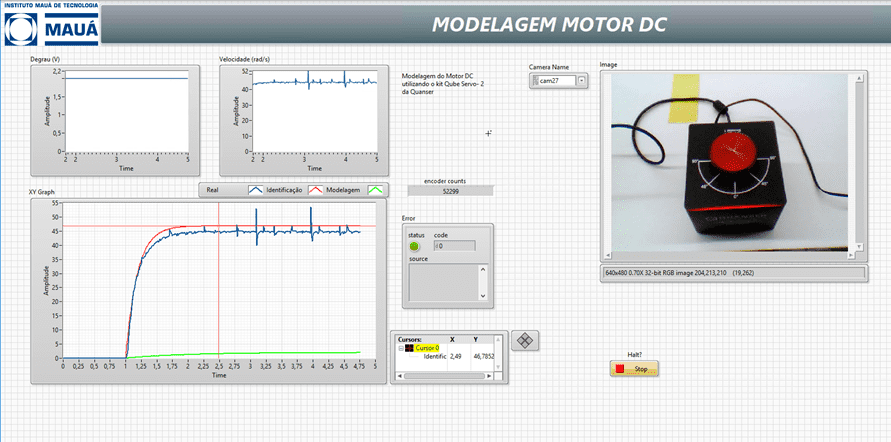
When I was a child, one of my favourite pass-times was to acquire a piece of electronic waste and take it apart into its component pieces. There is something fascinating about taking something complex like a computer or VCR and seeing that they all broke down into recognizable pieces. Here, a power supply, there, an EPROM. This fascination with the insides of electronic devices translated into building my own computers and wiring up solar panels. I have often pondered, in the intervening years how I might go about nurturing this excitement for the insides of electronic devices in others.
In a previous post, I posited that a major problem with electrical and computer engineering as a discipline is that we are no longer awed by our electronic devices. With this problem in mind, I recently found myself in a practical position to put my thoughts on the subject into action. In the weeks leading up to the Electrical and Computer Engineering Department Head’s Association (ECEDHA) annual conference, I pitched my thoughts of “ECE Inside” as a potential angle for helping ECE continue to thrive as an engineering field. Quanser ran with the idea and we presented a possible application of this concept to the department heads at the conference.
The proposed solution went like this: On day one of engineering, students get a hands-on experience with a piece of cutting-edge electronic or mechatronic system. In the case of the ECEDHA example, we used Quanser’s new quadrotor research drone. Students get to have an awe-inspiring interaction with a complete piece of technology, and the underlying message is that what they are going to learn in their program is essential to making a system like this. On day two of their engineering program, we start to dissect the system and pull out specific parts of the drone which are applicable to the topics being taught. In circuits, we talk about lighting up indicator LEDs. In calculus we talk about battery charging and drain. In physics we talk about DC power supplies and inductor charge. At every possible opportunity we tie these low-level topics to these real-world applications and specifically to the initial touchstone experience with the drone. Whenever possible we couch design tasks and word problems in terms of specific applications that are relatable to students. Ultimately, all of these classroom experiences culminate in a guided design task which brings students full circle and tasks them with designing and implementing an electrical or computer component or subsystem for the drone itself.
This whole process essentially serves a single goal. That is to show students that a complex engineering system can be decomposed into individually understandable components. Furthermore, that this process of seeking out the underlying technology behind a complete product can be educational and rewarding. And finally to give students a sense that they will, as part of a larger engineering design team, take part in the process of creating these products. Once students start to appreciate the role of electrical and computer engineers in the product design process they are much better equipped to find personal motivation in the world around them.
So how did this message go over with the department heads? Generally quite well. This approach is obviously not a panacea for the issues that face ECE. However, neither is it mutually exclusive with other endeavours which are underway to solve these issues. What I am suggesting is a re-framing of the existing course structures to focus on motivational contextualization of a concept before diving into the rigorous fundamental material. This message, at least, appears to resonate with many in the ECE education field. I am hopeful that we can, through forward-looking engineering programs, revive the wonder we used to have for electronics. In my mind that is the strongest way we can prepare future students to be the best engineers they can possibly be.




